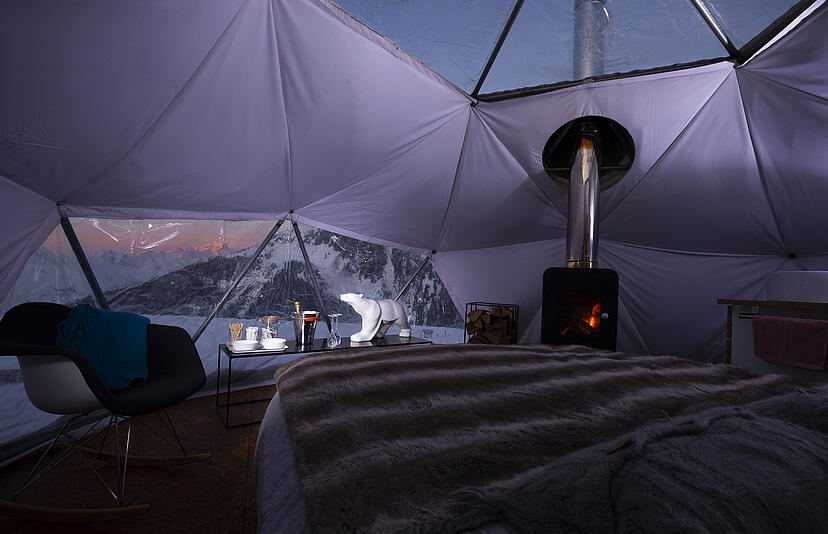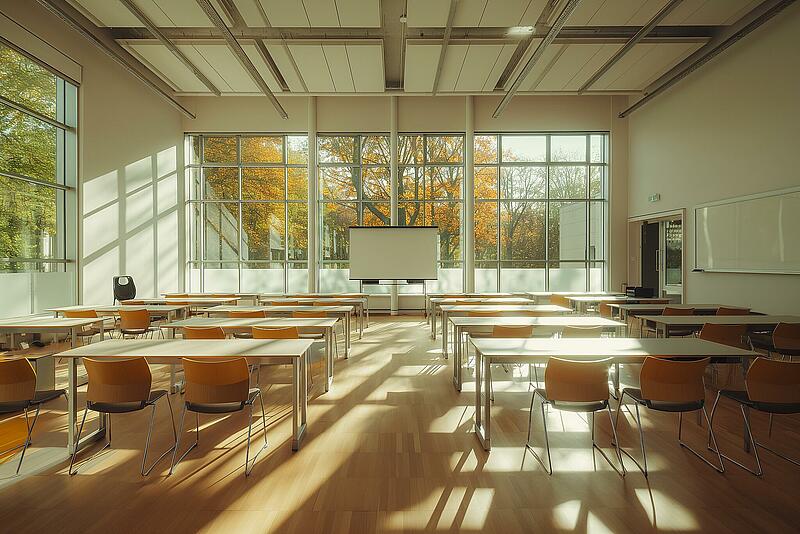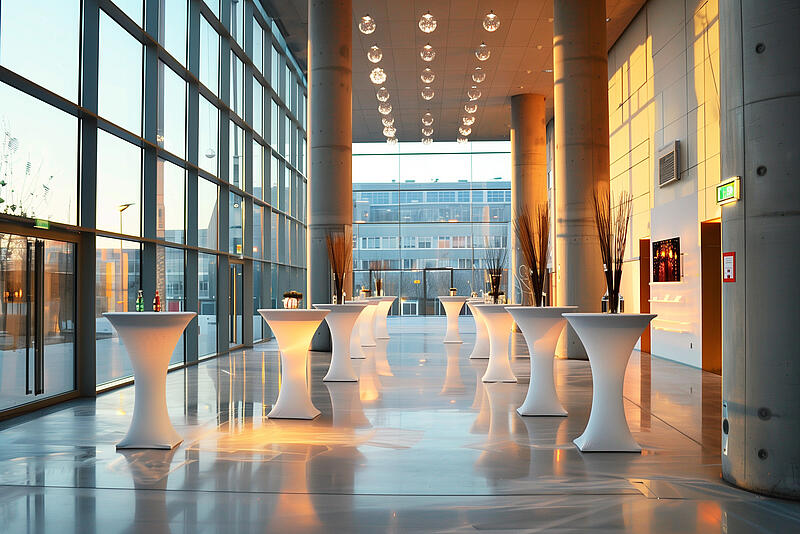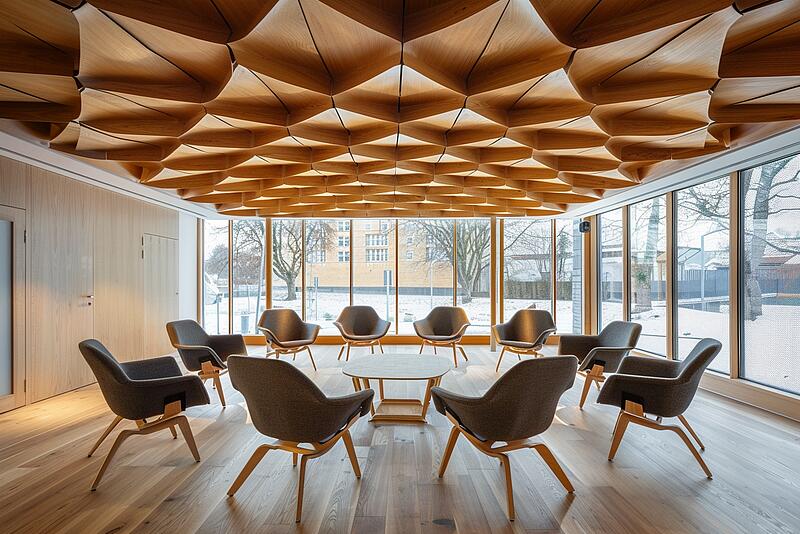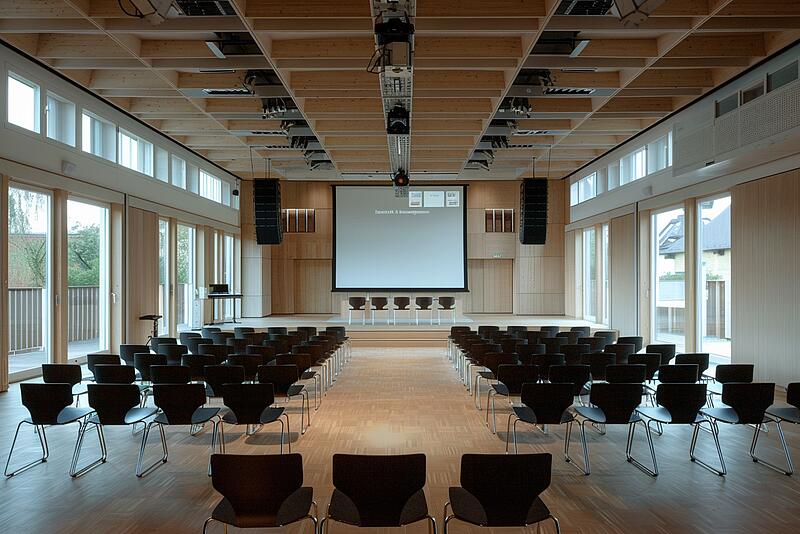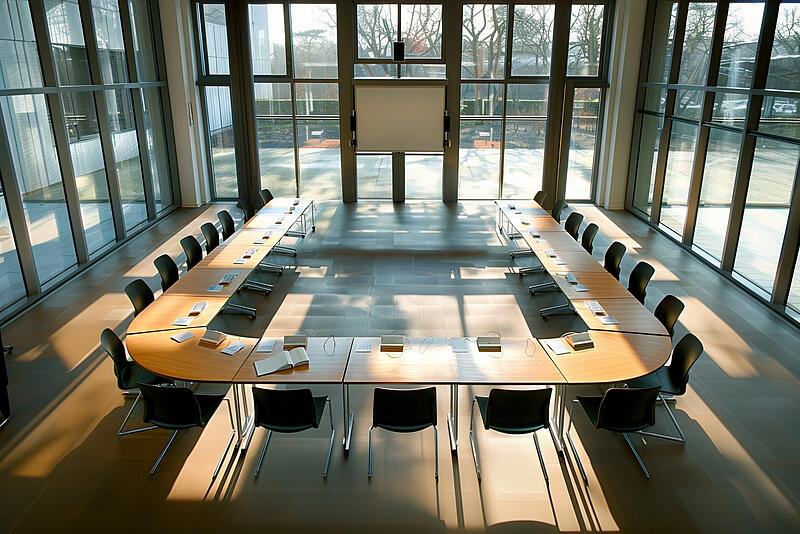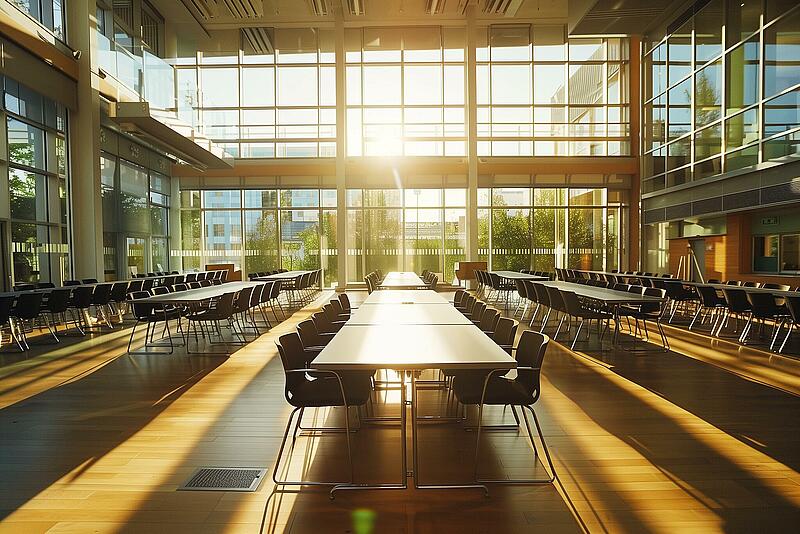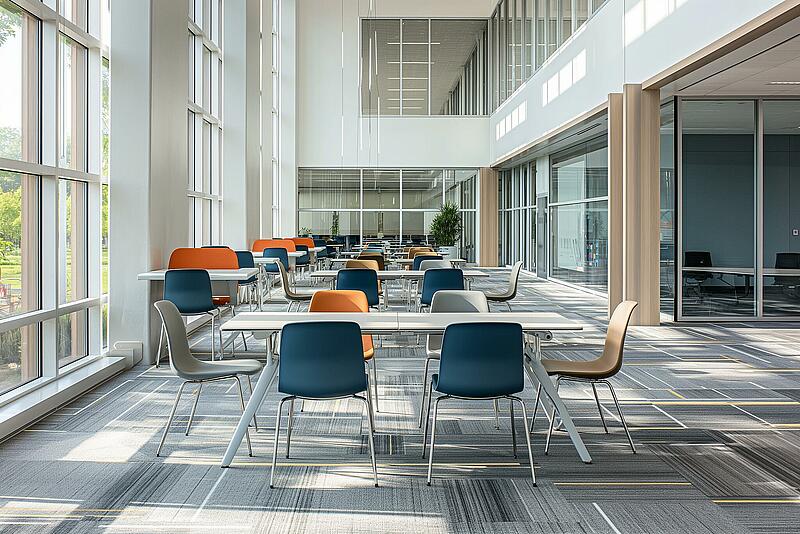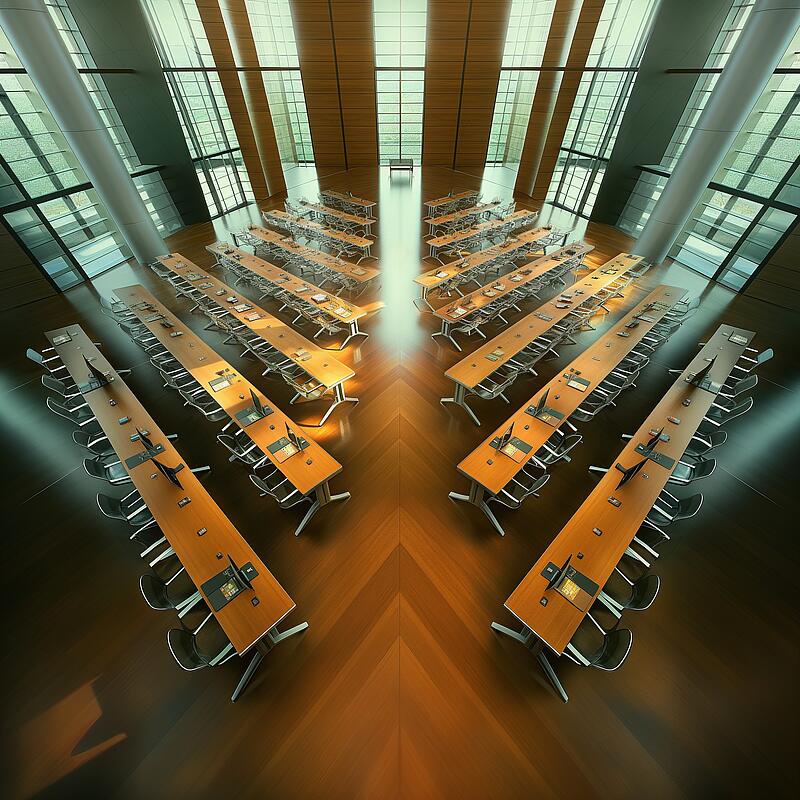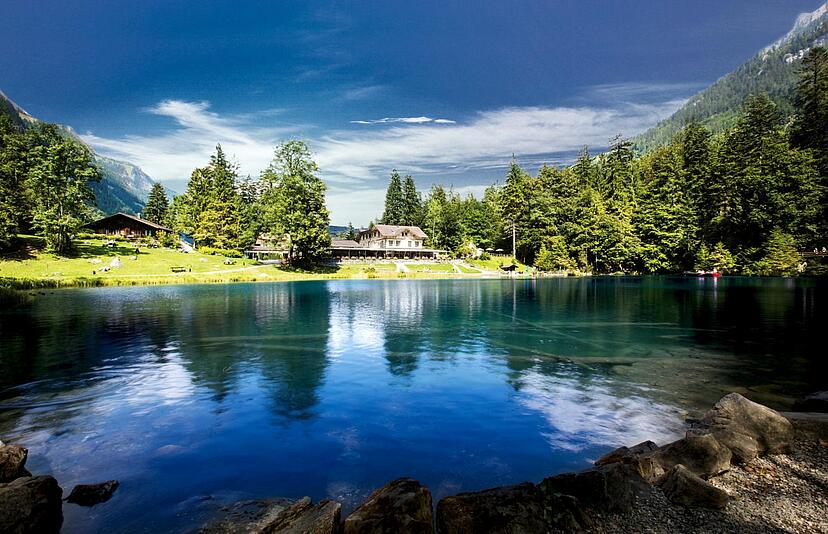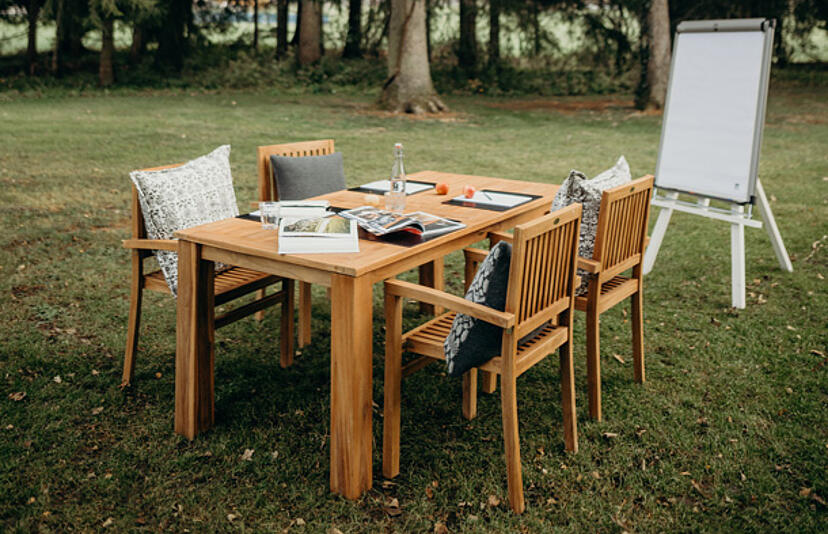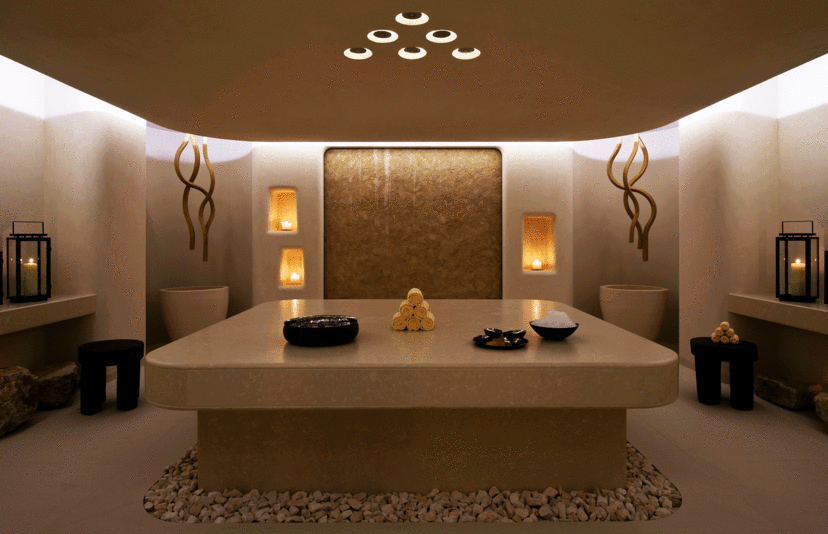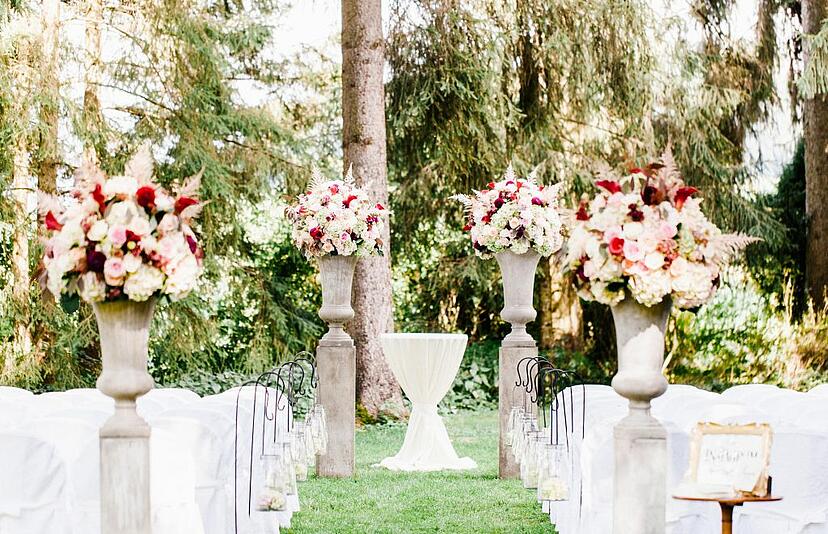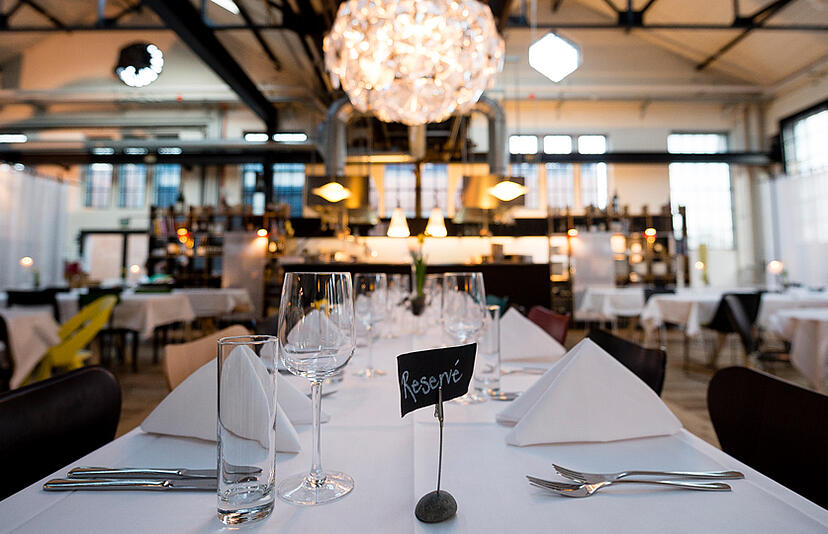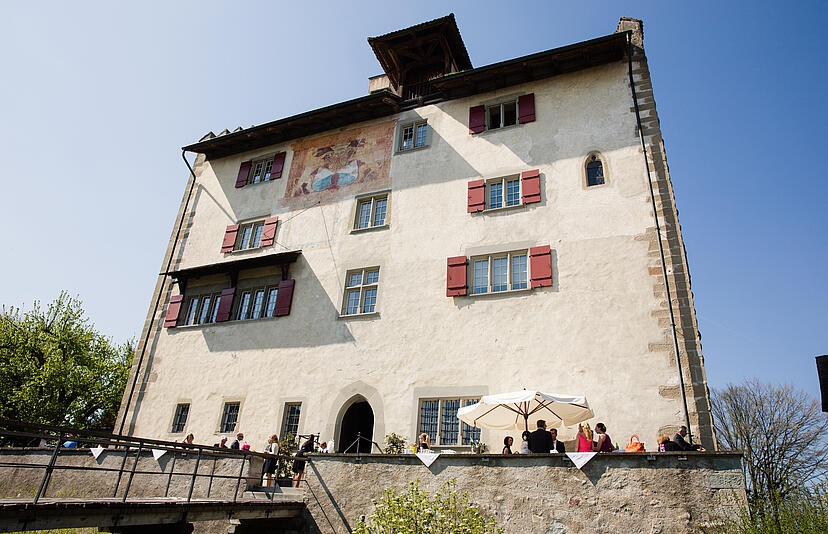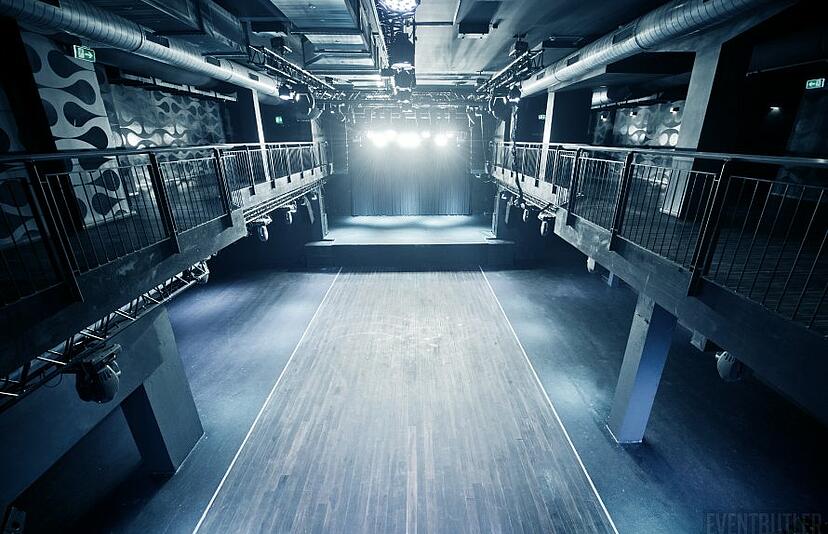Event type and goal
Every event is unique - and so should the seating. An awards ceremony requires a different approach than an interactive workshop. Think about what the main goal of your event is and how the seating can contribute to achieving this goal.
Number of participants
The number of guests has a big influence on the choice of seating. While a U-shape may be ideal for smaller groups, theatre seating is better suited for large gatherings. Plan wisely to ensure that every guest gets the best possible space.
Room size and layout
Not every room can accommodate every type of seating. Consider the size and shape of the room to determine the most effective arrangement. Use sketches or planning tools to run through different layouts.
Room planning
Thorough space planning is essential. Carry out walk-throughs and create detailed plans to avoid surprises on the day of the event.
Technical requirements
Seating can also affect the technical needs of your event. Make sure that every participant has a good view of presentations and that the acoustics are optimal for everyone.
Comfort and accessibility
Your guests should not only feel welcome, but also comfortable. Make sure there is enough legroom and accessibility, especially for guests with special needs.
